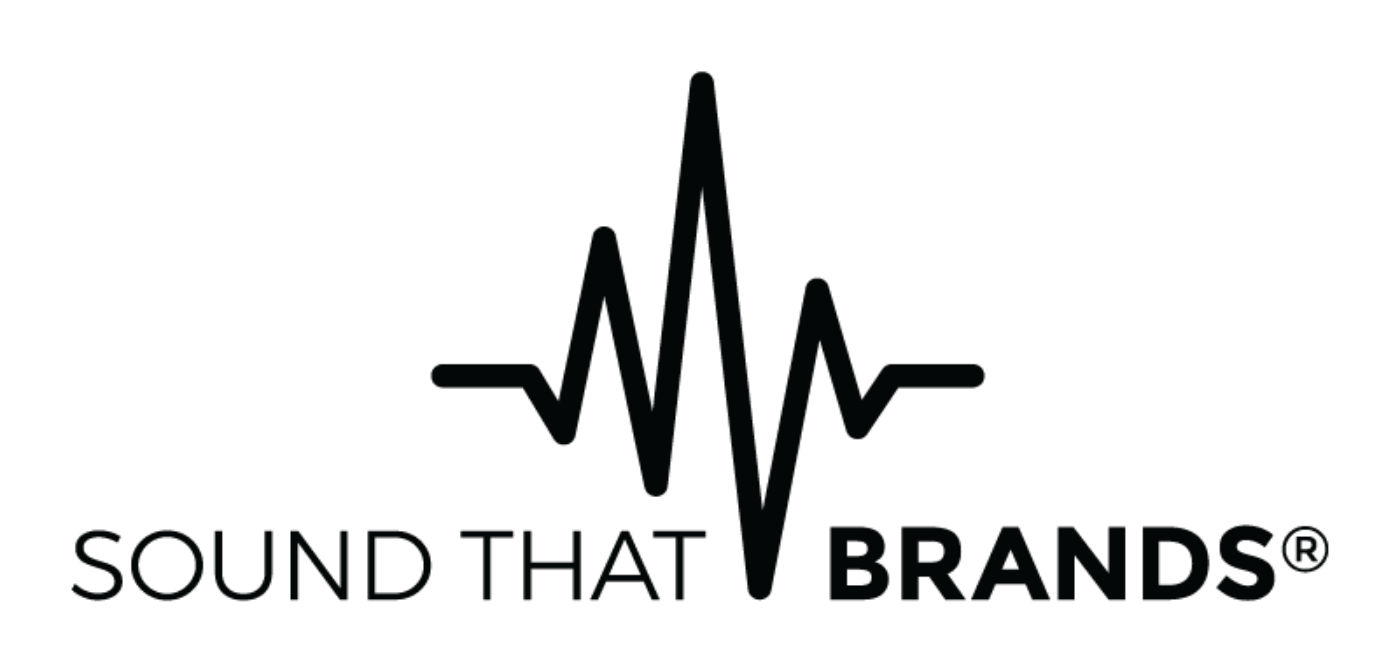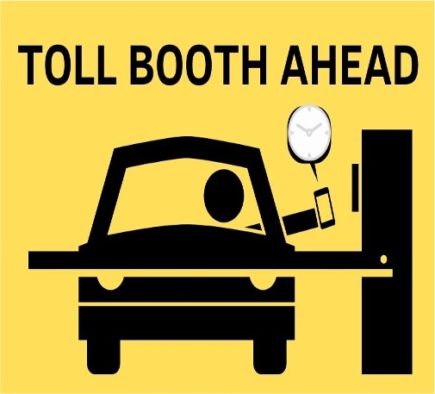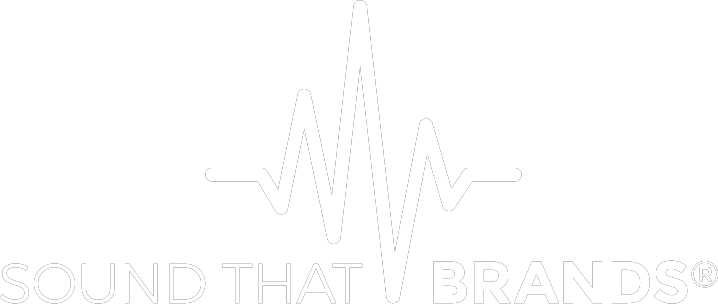Years ago my son, a child of the digital age, walked in on me watching a football game. Of course, commercials were on.
“Why are you watching commercials?” I explained how this was a live sporting event and I was watching in real time. “Why don’t you go do something else for 10 minutes, then you can skip the commercials.”
This was my first clue that being held hostage to commercial interruption was rapidly going the way of the Mad Men 3-martini lunch.
Five years ago, Craig Davis, Creative Director for J Walter Thompson Worldwide said ”We need to stop interrupting what people are interested in and be what people are interested in.”
That statement is increasingly true by the day. We live in an age of immediacy. Technology has taught consumers they can have what they want, exactly what they want, when they want it. And the price they pay need not include endless commercial interruptions they didn’t ask for.
An October 2019 story in the NY Times was headlined: “The Advertising Industry Has a Problem: People Hate Ads.” They hate them so much that, increasingly consumers are willing to pay for subscriptions to avoid ads altogether. Evidence abounds. Traditional media platforms with ad-supported (lots of ads) content (radio and TV) continue to shed more listeners and viewers every year. Consumers have largely decided, they can get similar content when they want it, how they want it and without unwanted ads.
Interruption marketing has evolved with technology. From radio and traditional cable TV, billboards and direct mail to digital display ads and ‘forced view’ ads in streaming video content. And they all have one thing in common. Consumers hate them.
In recent years, the interruption marketing world has confronted another threat. Some of the biggest players in audio and video like Apple, Amazon and Google have primary revenue sources in devices, retail and search. They can afford to offer up ad-free subscription models, eliminating the interruptions, thus further cementing the eventual death of interruption advertising.
So what’s a brand to do? Precisely what Craig Davis prophesied: Brands need to give their customers content they desire without interruptive ads they can actively avoid.
It can be content that expresses a deeper dive into a brand’s attributes that customers truly want to hear about. It can be content about the people who are behind the brand, the culture and values. Or it can be completely separate content that a brand may aspire to.
So American Express Business Class has a new podcast called The Next Chapter, featuring best-selling authors from the world of business.
In the case of Dell Technologies, it’s also ‘brand-adjacent’ content Trailblazers with Walter Isaacson isn’t a commercial for Dell, which is never mentioned. It features interesting stories Dell consumers (and prospective ones) want, that the Dell brand aspires to, about digital disruption.
But Inside Trader Joe’s is about all things Trader Joe’s, from why the Hawaiian shirts, to selling bananas singly, to new products and the dedication of store captains and crew members.
And Bring Back Bronco was the intersection of both, a direct correlation of the Ford Bronco brand and a brand-adjacent story of how one of the most iconic truck brands of the last 50 years died in 1996 but went underground to be resurrected by dedicated fans and a team at Ford.
Brand-adjacent, aspirational or direct brand information, are proven examples of content that customers desire without commercial content that is forced upon them via interruption. These are examples of what it means for brands to “be the content, not the interruption”.
Each of the above brands and many others are boldly addressing their consumer’s question: “What’s in it for me?” And, “Don’t tell me it’s a commercial!”
Brands are intentionally making the leap from interruption messaging to content their customers want. In the words of marketing author Seth Godin, effective marketing “seeks volunteers, not victims.”
Is your brand ready to make that leap – from taking (time) to giving (content)?


